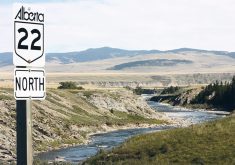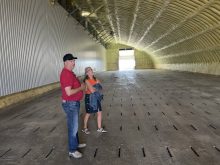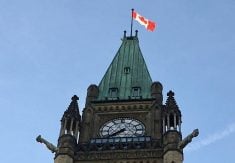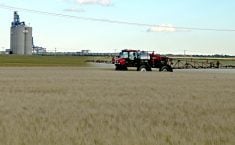The 17 Saskatchewan rural municipalities withholding education tax from local school boards say they will stop their protest if the education mill rate is frozen at 2005 levels and taxes are significantly reduced by 2009.
A News release
news issued Nov. 13 by the Tax Action Group said the RMs want the education tax on farmland cut by at least 25 percent by the end of March 2006, and by a further 10 percent in each of the next three years.
A 55 percent reduction would go a long way to correct the inequity in the property tax system, the farmers say.
Read Also
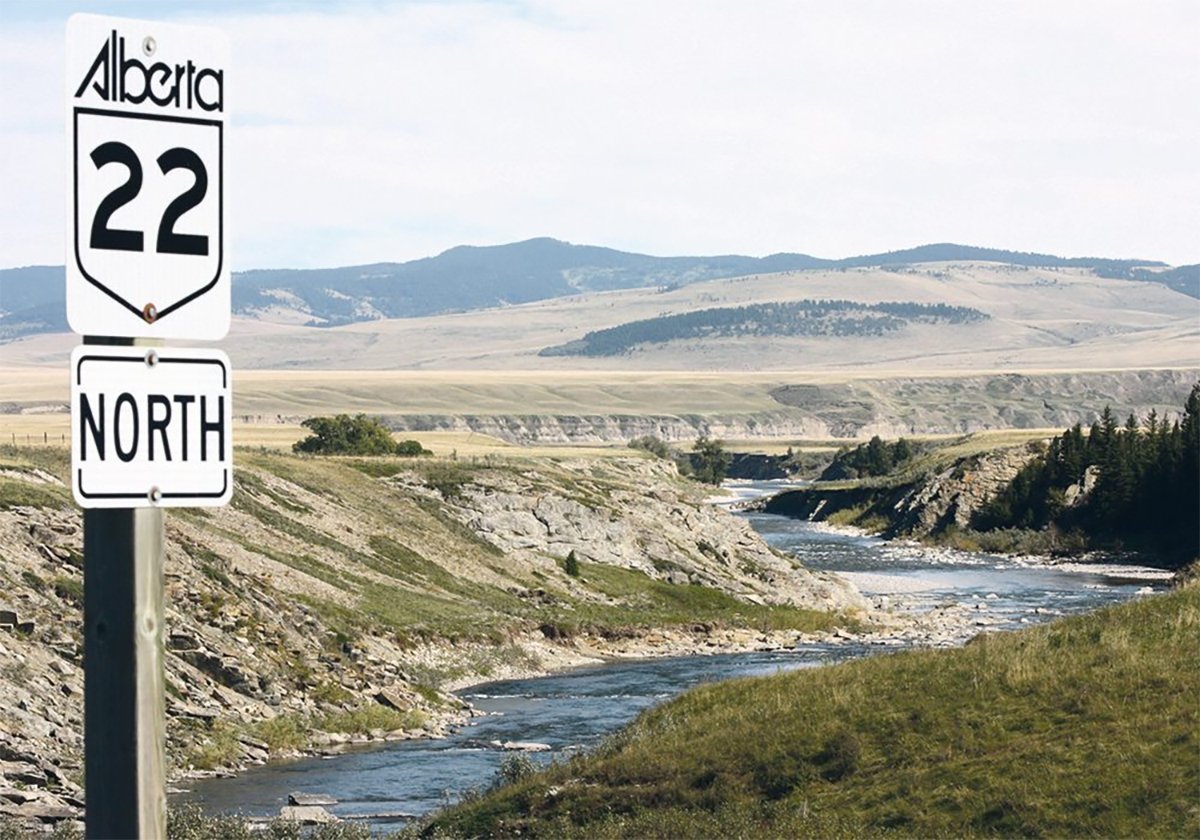
New coal mine proposal met with old concerns
A smaller version of the previously rejected Grassy Mountain coal mine project in Crowsnest Pass is back on the table, and the Livingstone Landowners Group continues to voice concerns about the environmental risks.
However, Saskatchewan farmers would still be paying more than their neighbours.
Information collected by the group found that the education tax on a typical Saskatchewan quarter is more than $600.
On a similar quarter in Manitoba, the tax is $200 and the taxpayer will receive a 50 percent rebate of that amount.
Glenn Blakley, a councillor in the RM of Spy Hill and spokesperson for the group, said last week at the Saskatchewan Association of Rural Municipalities mid-term convention that he wasn’t satisfied with government relations minister Len Taylor’s promise to find a long-term solution by 2007.
“We need some immediate solutions,” he said.
The province implemented an eight percent property tax credit for 2005 and 2006, but that is for all taxpayers. Farmers say the government has to deal with the unfair burden on them.
SARM is part of a coalition lobbying the government to reduce education tax on all property.
Along with the Saskatchewan Urban Municipalities Association, Saskatchewan School Boards Association, Saskatchewan Chamber of Commerce and Provincial Association of Resort Communities of Saskatchewan, SARM has asked the province to increase its share of education funding to 60 percent within three years. The province now pays 45 percent.
Neal Hardy, SARM president, said he can’t condone the property tax revolt.
By law, RMs are required to collect the education tax and turn it over to school boards. However, Hardy said he understands the frustration.
Arlynn Kurtz, from the RM of Fertile Belt, said three percent of the population is paying 20 percent of the cost of education.
Garfield Lutz noted that in his area, two large towns pay education tax of just more than $2 million. In the RM of Bjorkdale, 1,700 people are paying almost the same amount.
Delegates told Taylor, when he addressed the convention Nov. 9, that he has to act quickly.
“The year 2007 is just too far in advance,” said one.
“There are people out there that cannot pay this year’s (taxes).”
Taylor said he was “very much aware of the agricultural income crisis.”
Another delegate said he didn’t believe Taylor when he said farming and farm families were important to the government.
Another called the eight percent tax credit a joke.
Meanwhile, TAG expects its numbers will grow. About half of the SARM delegates met to discuss the tax revolt and many councils are holding meetings over the next few weeks to find out what their ratepayers think about the issue.





